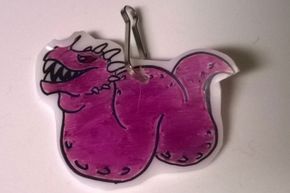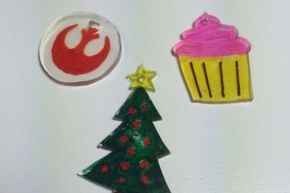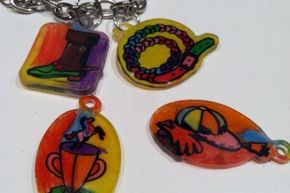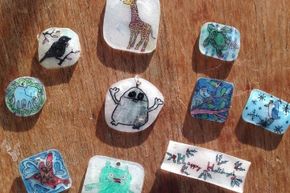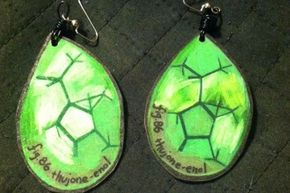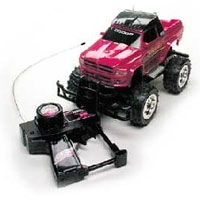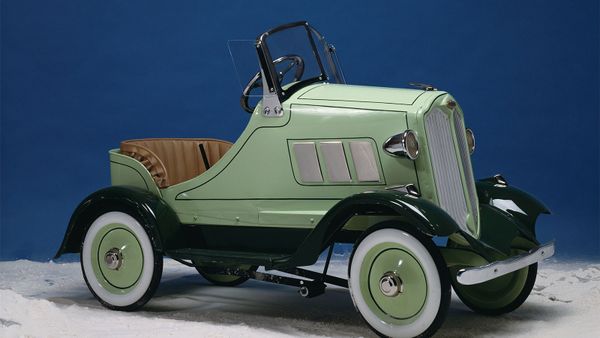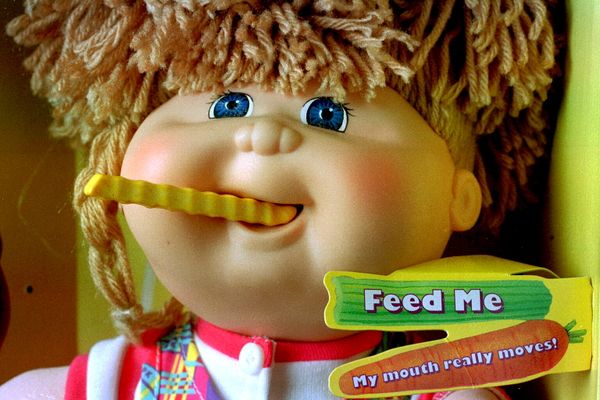Every so often, toy makers stumble upon little ideas that turn into outlandish successes. Those toys become cultural icons, ingraining themselves into our collective consciousness and spanning generations. Shrinky Dinks is one of those products.
For more than 40 years, Shrinky Dinks has enthralled children and adults with its crafty charm. The premise is pretty basic. Color a sheet of floppy plastic to create a fun design and then slide your creation into a warm oven.
Advertisement
Before your eyes, the plastic film bends, warps, curls and then slowly flattens into its original shape. The difference is that your artwork shrinks by approximately two-thirds, and it's nine times thicker. The result is a more rigid and durable trinket suitable for any number of projects.
You can use blank sheets of the plastic to cut your own custom shapes and designs. Clever artists make their own Christmas tree ornaments, zipper pulls, jewelry, key chains, pet identification tags and even greeting cards.
Various manufacturers churn out many types of premade Shrinky Dinks designs, too. They feature cartoon characters, sports team logos and Barbie doll shapes. There are themed kits brimming with monsters, princesses and comic book characters, and there are even educational kits for learning numbers and letters.
No matter the theme, all of the Shrinky Dinks kits share one primary ingredient – the so-called "magical" shrinking plastic film. This film relies on the shape-shifting properties of a particular type of plastic. Without those properties, this plastic would just burn, melt into goo, or create a cloud of toxic gases in your home.
Keep reading, and you'll learn more about how Shrinky Dinks plastics work. You'll also see how two enterprising stay-at-home moms found new, artful value in this commonplace plastic, turning it into a global business that's netted millions of dollars.
Advertisement
